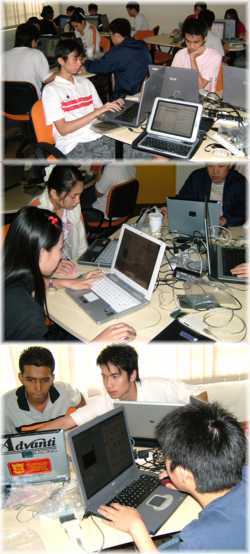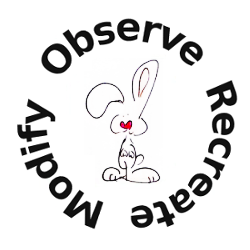The following information is for the EMANT300, EMANT380
DAQ with Visual Basic 2010
Learning Objectives
Following our step by step Instruction Guide, the user will create a Light Intensity Logger, a Night Light, and Universal Thermometer. After completion of these exercises, the user would have learnt the following
Sensor / Actuator
Photodiode
Switch
LED
Thermistor
Data Acquisition (DAQ)
Analog Input
Analog Output
Digital Input
Digital Output
Visual Basic
Basic Program Structure
Variables & Statements
Console Input/Output
Branching Statement if else
for Loop
do Loop
Array
File IO
Windows Forms
Simple Instrument Controls
The exercises will take about 6 hours to complete. The additional optional exercises are intended for the faster learners.
Course Prerequisites
Experience with Microsoft Windows
Basic Electronics
Products Used During the Course
Microsoft Visual Basic 2010 .NET (Express or better)
One of the following EMANT Products
USB DAQ Training Kit (EMANT300 USB DAQ and Light Application adaptor)
Bluetooth Starter Kit (EMANT380 Bluetooth DAQ, Light Application adaptor, Power supply)
Important Notes
The PC must be correctly setup in order for you to complete the exercises in this instructional guide.
Microsoft Visual Basic .NET 2010 (Express or better) must already be installed.
You require either the USB DAQ Training Kit or Bluetooth Starter Kit to complete the exercises and you must have already installed either the USB Driver or paired the Bluetooth DAQ respectively (See installation guide)
Copy the entire DAQ_with_VB2010* folder to your PC, preferably to your My Documents folder. *Download for customers only. Visit info.emant.com for more info.
![]() This
icon requires you to pay attention here. Missing this instruction may
cause problems
This
icon requires you to pay attention here. Missing this instruction may
cause problems
 Our
Learning Model - Observe, Recreate, Modify
Our
Learning Model - Observe, Recreate, Modify
We make use of the constructionist model which says people learn best through building solutions to practical problems. However transfer (expected in creative solutions), which allows learning in one context be applied to another context that shared similar characteristics, is a difficult chasm to cross for the average learner. Our 3 steps Observe, Recreate, Modify method provides a bridge so that the average learner (and not just the Einsteins in the world) can create innovative solutions using DAQ modules.
Observe: with a starter kit or application adaptors, without any programming or hardware circuit connection, the learner can observe on their own how a correctly working DAQ module, sensors and software should behave by executing our ready to run solutions.
 Recreate: for software, by following
instructional videos or guides, the learner can follow the steps
required to recreate the solution. For hardware, with the breadboard
application adaptor, the student can construct the working hardware
he observed before. If mistakes are made (and there will be as part
of the learning process), they can compare differences with the
reference solution provided with their solution and correct
accordingly on their own.
Recreate: for software, by following
instructional videos or guides, the learner can follow the steps
required to recreate the solution. For hardware, with the breadboard
application adaptor, the student can construct the working hardware
he observed before. If mistakes are made (and there will be as part
of the learning process), they can compare differences with the
reference solution provided with their solution and correct
accordingly on their own.Modify: the learner now modifies the software/hardware he had created and work towards his own project solution. The reference solution acts as comparison point.
To troubleshoot, one should go back to the last version which worked, regardless of hardware or software, to see what has changed and may have caused the problem.